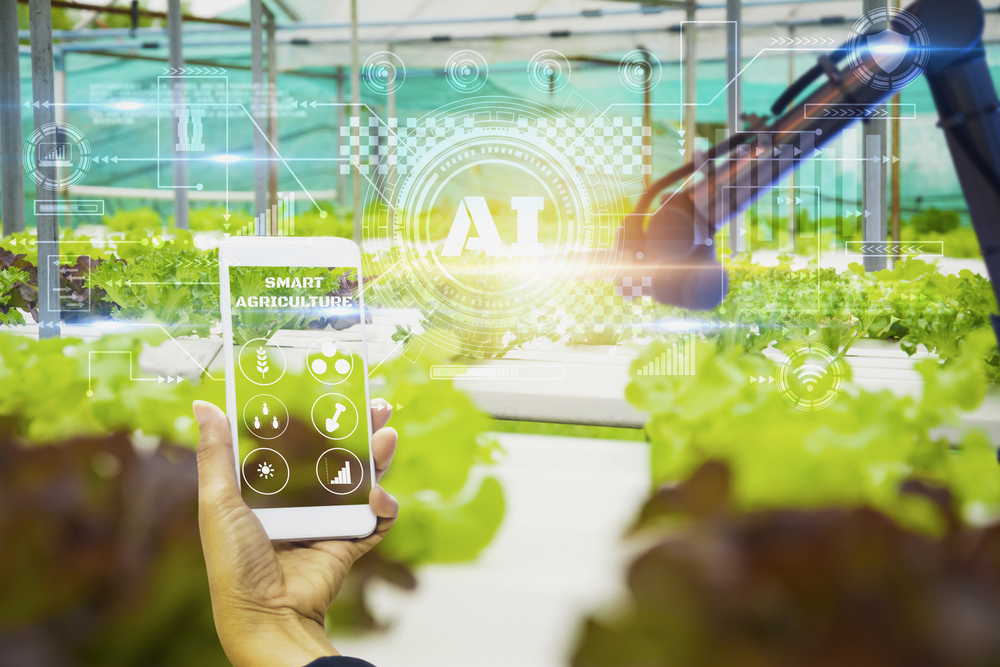Estimates indicate that the agriculture industry is worth $5 trillion in present times. It is an industry that has played a crucial role in improving incomes, enhancing food supply for the poor, and helping impoverished regions get developed. As per World Bank estimates, 80 percent of the world’s poor depend on farming in rural areas. The world population is expected to reach 9.7 billion by 2050 and the present food supply needs to ramp-up significantly. Unless there are stark improvements in agriculture technology and output, we maybe staring at a severe food supply crunch in a decade or two.
The industry is under stress from not only COVID-19 but also climate change. The increase in human population has also mandated the optimal use of land. With large-scale farming, the emphasis today is to increase productivity and reduce efforts with the aid of technology to meet food requirements. Based on insights, let’s take a look at how AI and ML can open up new vistas for climate tracking, soil-monitoring, plantation, and smart irrigation among other technologically enabled agricultural facets.
Precision Farming
The advent of precision farming has been a game-changer for the agriculture sector. It has paved the way for sustainable agricultural techniques which was a major sticking point for the sector. Conventionally, farmers irrespective of seasonal changes would use the same techniques for crops with minor differences in cultivation. Another USP of precision farming is the efficacy in how agricultural resources are handled to achieve targeted outputs. Precision farming not only offers crop prediction but also a soil quality analysis based on historical data. Precision farming can go so far as to detect the level of nutrition in plants and event predict crop diseases that may hamper output.
Today, precision farming using AI to detect and target weeds in agricultural land with the aid of sensors and prevents the usage of toxic chemicals in the farm. The sensors enable efficacy in terms of irrigation as well. With AI and ML, negative outcomes for agricultural goals are reduced further while building resilience and agility in the farm.
AI-Enabled Drones and Bots
The entirety of the farm is analysed by drones with cameras that offer insights on key areas of farm improvements. Using drones, a lot of time is saved as conducting the same process manually can take days, and drones can reveal blind spots better. Surveillance via drones enables farm yields to improve greatly. Using drones, bots, and sensors, the quality of the soil and crops is maintained at optimal levels while also ensuring the efficient use of resources. Maintaining soil health is a critical facet for the long-term viability of the farm. Leveraging AI and ML can also allow farmers to receive alerts about farm emergencies to take timely actions to mitigate the impact of an impending crisis.
Today, it is difficult to find the right labour for farms, due to a population shift towards urbanization, and automation with AI/ML can enable farms to have more efficiency. Agriculture bots can reduce human efforts, sync AI/ML initiatives better and help reduce long-term farming costs with a one-time investment. These bots can use their ML algorithms to identify the risk of pests and reduce them, assess other problem areas such as weeds, potential crop diseases, etc. Another key facet of these bots is that they can put in significantly longer hours than people leading to the better all-round protection of crops and farm produce.
As per MarketsandMarkets, the overall AI in agriculture market is expected to grow to an estimated USD 4 billion by 2026 from 1 billion in 2020, at a CAGR of 25.5 %.
The Road Ahead
In the present scenario, Vietnam, Bangladesh and India that are agrarian economies have been affected greatly as agriculture still constitutes 12-16 % of their GDP. Despite relief schemes and packages for farmers, the agricultural sector has been on the decline. Technology like AI/ML and automation can go a long way in mitigating the impact of a crisis like situation and introducing new levels of efficiency and efficacy for the agriculture sector in the long run.



